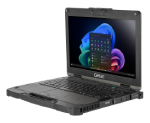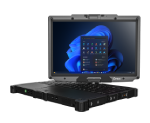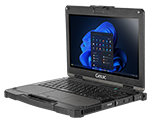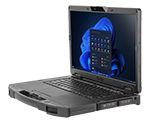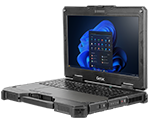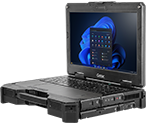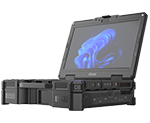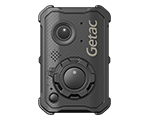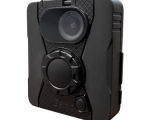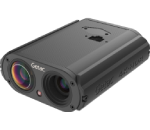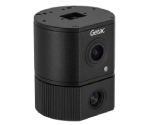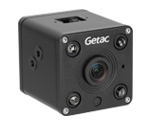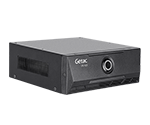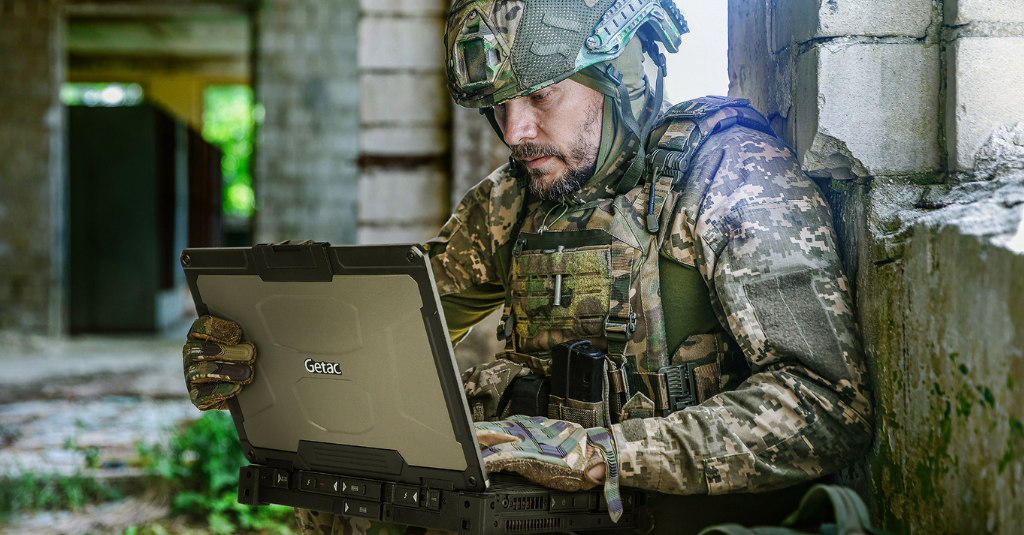Conclusion
Getac's approach to military computer customization demonstrates deep technical expertise, rooted in defense operational requirements and a commitment to delivering solutions that enhance mission effectiveness. All solutions, especially those in high-risk environments, adhere to the highest security and reliability standards and withstand the most stringent environmental protocols. Through collaborative design processes, advanced security implementations, rigorous environmental testing, and modular customizable configuration capabilities, Getac provides military organizations with computing solutions that are truly optimized for their specific operational needs.
With decades of proven military deployments and ongoing innovation, Getac continues to lead in rugged, AI-ready computing solutions. Designed to meet the evolving needs of defense organizations, Getac’s platforms combine reliability, security, and intelligence to empower mission success across every domain, from the command center to the front line.
Frequently Asked Questions (FAQs)
What makes a military computer different from a standard rugged device?
A military computer is built to meet strict defense standards such as MIL-STD-810H and MIL-STD-461, ensuring resilience against extreme temperatures, vibration, and electromagnetic interference. Unlike commercial rugged devices, military computers also incorporate advanced security features such as secure boot, encrypted SSDs, and tamper-resistant components to protect classified data and mission-critical communications.
Why is customization critical in military computer solutions?
Defense missions vary by environment, role, and security level. Customized military computers allow the integration of mission-specific modules (e.g., secure I/O ports, specialized antennas, or encryption hardware) and software configurations aligned with command-and-control requirements. This ensures that every device supports its operational use case without sacrificing interoperability or security.
How does Getac ensure its military computers meet defense standards?
Getac designs its platforms from the ground up to achieve compliance with military certifications like MIL-STD-810H, IP66, and ATEX/IECEx. Each system undergoes rigorous environmental and electromagnetic testing, simulating real-world conditions such as shock, high-altitude transport, humidity, and explosive atmospheres. Getac also collaborates directly with military units to validate each configuration before deployment.
What are the key security features in Getac’s military computer solutions?
Getac integrates multi-layered security architecture that includes secure BIOS, self-encrypting drives, hardware-based authentication (smart cards, RFID, biometrics), and Intel vPro remote management. These ensure protection from unauthorized access, maintain compliance with defense cybersecurity frameworks, and enable centralized IT oversight across deployed fleets.
How do modular configurations benefit military operations?
A modular approach allows armed forces to adapt a single base platform for multiple missions, such as reconnaissance, logistics, and battlefield command, by swapping out modules or updating firmware. This flexibility reduces total cost of ownership (TCO) and shortens deployment time while maintaining operational consistency across units.
What does “future-ready” mean in the context of military computing?
Future-ready military systems are designed with scalability and emerging-tech integration in mind. Getac’s platforms support upcoming defense applications like AI-assisted analytics, machine-learning-based threat detection, augmented-reality training, and advanced sensor fusion all within a secure, ruggedized framework.
Glossary of Key Terms
AI (Artificial Intelligence):
The simulation of human intelligence in machines that can analyze data, detect patterns, and make predictions—used in defense for threat analysis, logistics, and predictive maintenance.
ATEX / IECEx Certification:
International safety standards certifying equipment for use in explosive or hazardous environments, such as fuel depots or ammunition storage areas.
BIOS Security:
Firmware-level protection that prevents unauthorized modification of system startup processes—critical for maintaining trusted boot in classified systems.
Encryption (Data at Rest):
The process of encoding stored data so that it can only be accessed by authorized users, often achieved through self-encrypting drives (SEDs).
F110 Tablet / S510 Laptop:
Getac’s flagship military-grade computing platforms offering customizable rugged hardware, modular expansion, and advanced security for defense deployments.
IP Rating (Ingress Protection):
Defined a device’s resistance to dust and water; higher ratings such as IP65 or IP66 indicate superior environmental sealing for field use.
MIL-STD-810H:
A United States military standard that outlines testing protocols to ensure equipment can endure environmental stressors like shock, vibration, and temperature extremes.
MIL-STD-461:
Specifies electromagnetic compatibility requirements for military equipment to prevent interference with communications and sensitive electronics.
Modular Configuration:
A design approach that allows the integration or replacement of specific hardware or software modules to meet mission-specific needs without changing the core platform.
Ruggedization:
The engineering process of reinforcing devices to withstand physical, environmental, and operational stress common in defense and field operations.
Secure Boot:
A BIOS/UEFI process that ensures a device boots only with trusted software signed by authorized developers, preventing tampering or malware infiltration.
Self-Encrypting Drive (SED):
A storage device with built-in hardware encryption that automatically protects data without impacting system performance.
TCO (Total Cost of Ownership):
The comprehensive cost of a product over its entire lifecycle, including purchase, maintenance, downtime, and replacement. It is used to evaluate long-term value in defense procurement.
vPro Technology (Intel):
An enterprise-grade management platform that enables remote control, monitoring, and security enforcement on devices deployed across distributed military environments.


